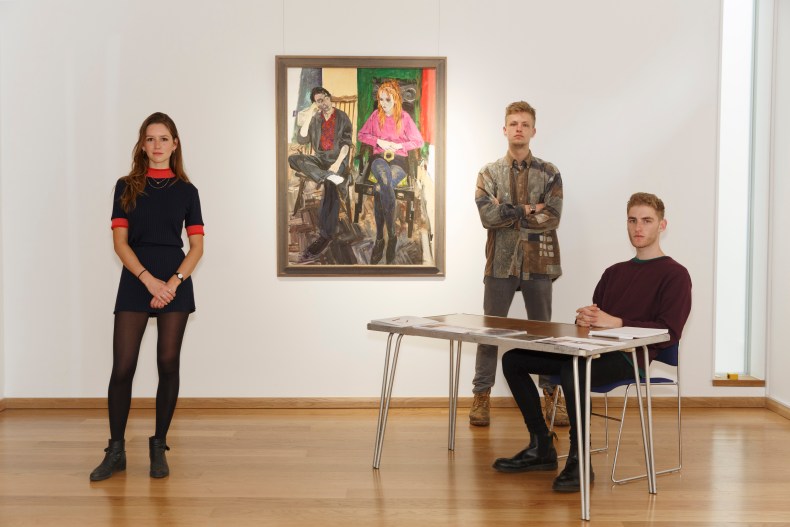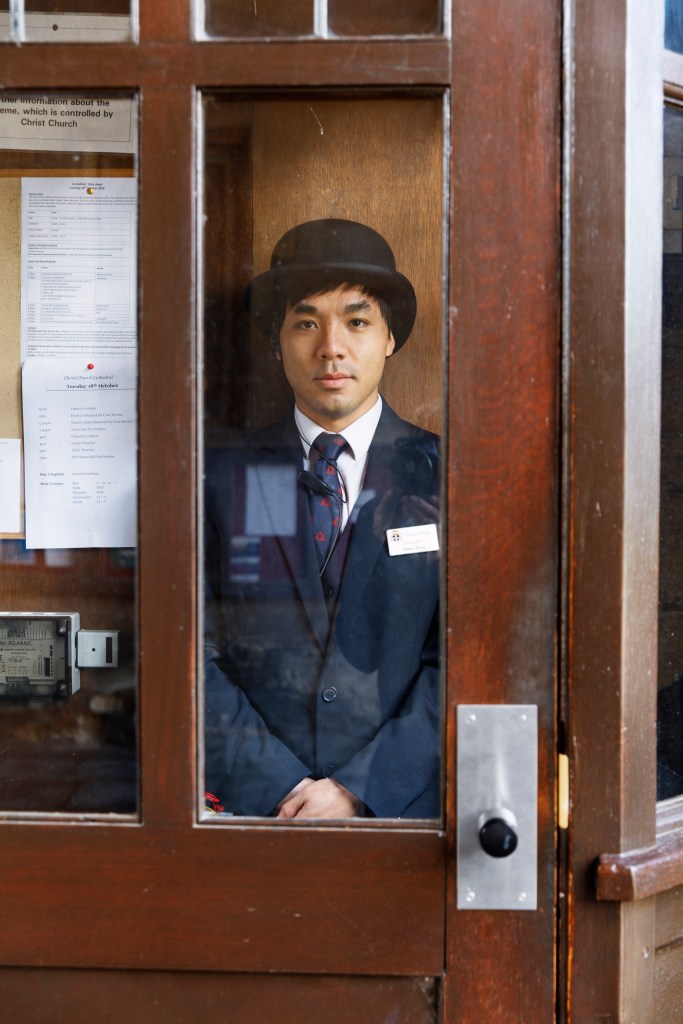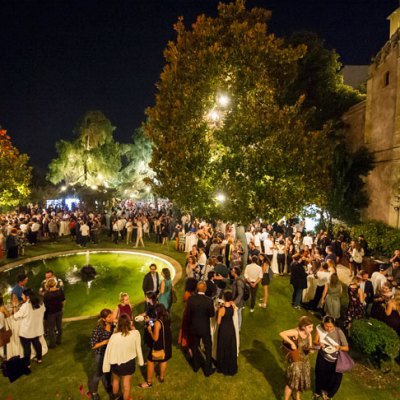Between 2014 and 2016 the documentary photographer Martin Parr turned his wry gaze to the University of Oxford. The resulting exhibition and book present a photographic portrait of the university today; laying bare its hidden stories and eccentricities. Speaking at the launch of ‘Martin Parr: Oxford’ in the Bodleian Weston Library, the artist expanded on the contradiction at the heart of the city – the subject and motivation behind this exhibition: ‘Oxford is one of those places: the more you get to know the more you realise you don’t know.’
Gaining behind-the-scenes access to the university was no mean feat, each college and department came with its own set of individual permissions. Parr’s photographs unveil the familiar pomp of age-old traditions, like the honorary degree ceremony at the Sheldonian Theatre, the annual May Day celebrations, and ‘trashings’ in which students celebrate finishing their exams in a colourful frenzy. These scenes are set alongside somewhat less predictable, often hidden activities.
Officers of the Pembroke College Junior Common Room Art Collection (2015), Martin Parr. © Martin Parr/Magnum Photos

An interesting strand cutting through Parr’s display is Oxford’s thriving contemporary arts scene. At Pembroke College (where I am the curator of art), students have been collecting works of modern and contemporary British art since the 1940s. The artist captured the 2015 committee, poised in the College’s modern art gallery. In-situ images of students from the Ruskin School of Art, drawing in a studio and discussing work in a tutorial, further develop this narrative. Beyond practical art, the subject of research and study is perhaps less photogenic, nonetheless Parr fairly represents a student-life that is preoccupied with work: backs hunched over MacBooks and paper books, technology developers, and scientists in labs all make a feature.
One aspect of the university’s social activity is seen in the extravagance of college balls and formal dining events with Hogwarts-esque backdrops. Parr’s work widens the representation of such activities to include shots of Wadham College’s ‘Queerfest’, highlighting student-led celebrations of LGBTQIA+ culture.
Within an Oxford college, the community’s experience is shaped by individuals. Figures like the porters and the college gardener provide a consistency to the character of the place amid a transient student body. Some of Parr’s most striking documentation resulted in individual portraits, such as a characterful shot of David Leake, the head gardener of Corpus Christi College and Simon Tsang, ‘custodian’ (head porter) at Christ Church.
David Leake. Head Gardener. Corpus Christi College (2016). © Martin Parr/Magnum Photos

Simon Tsang. Custodian. Christ Church. (2016), Martin Parr. © Martin Parr/Magnum Photos

A beautiful photo book with an afterword by the writer Simon Winchester accompanies this project. Winchester’s reflections on bygone Oxford alongside Parr’s contemporary record, demonstrate both the consistencies and changes this place has witnessed.
The exhibition itself, displayed on four temporary walls erected in the atrium of the Bodleian’s Weston Library, allows viewers to wander; to journey through the hallowed halls, uncovering and sharing in the artist’s secrets. Consider it an alternative to the Oxford city walking tours, which, by comparison, merely scratch the surface. The voice of the tour guide is here replaced with occasional matter-of-fact captions, such as ‘many colleges own tortoises and a tortoise keeper is often elected’.
The university’s traditions often require translation, yet it is often more fun to roll with the oddities rather than ask why, mainly because asking won’t get you that far. Parr’s project resonates at an individual and corporate level, with those inside and outside the establishment. This exhibition is as enlightening as it is puzzling: Parr at his best.
‘Martin Parr: Oxford’ is at Blackwell Hall, Weston Library, Oxford until 22 October.



